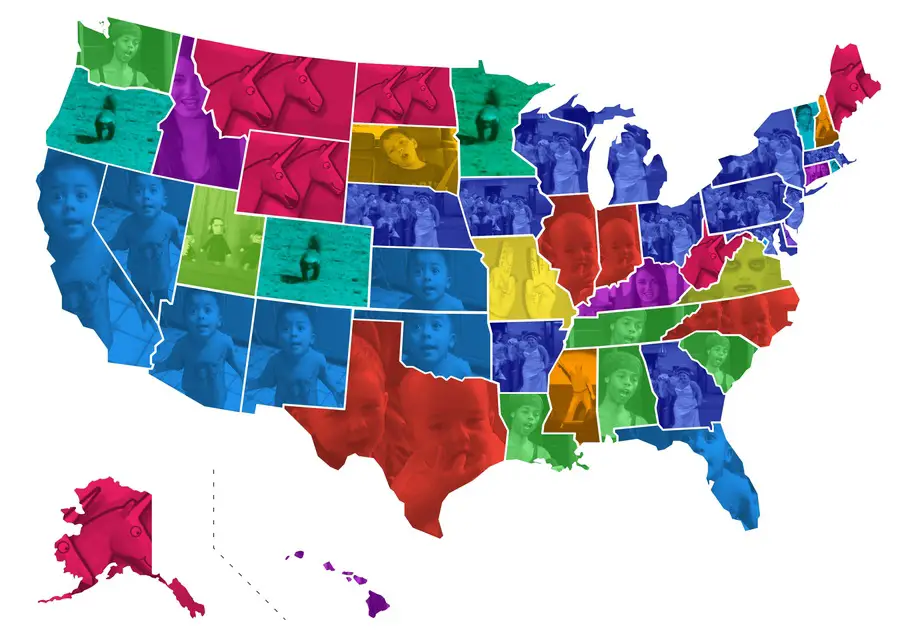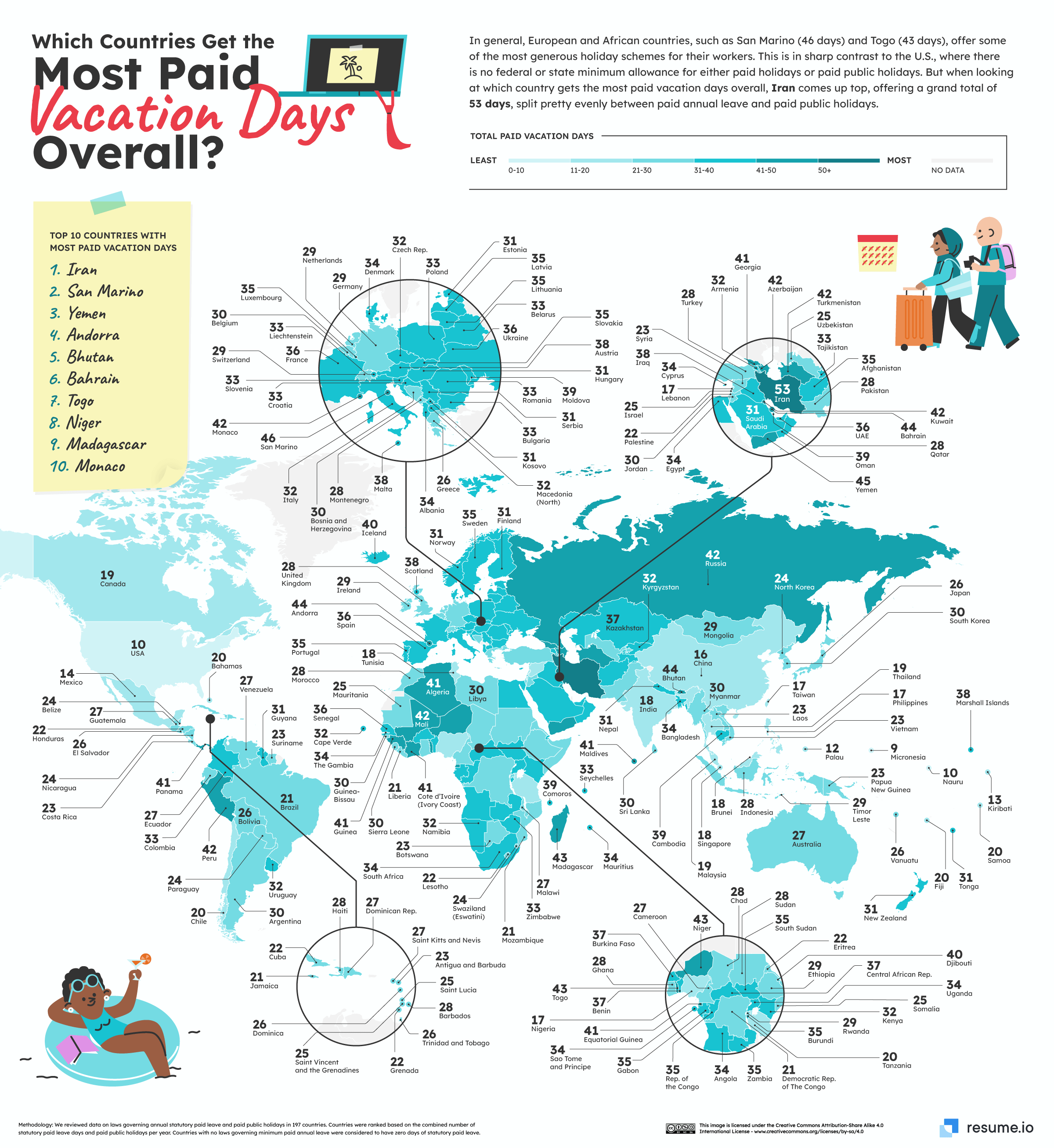Access to electricity by country (% of population)
Access to electricity is a fundamental aspect of modern life, yet as of the latest data, more than one billion people (14% of the global population) still live without it. The majority of these individuals—around 84%—reside in rural areas, with more than 95% living in nations within sub-Saharan Africa and Asia. The world map below Illustrates the percentage of the population with access to electricity across different countries.

Table of Contents
Regional Disparities in Access to Electricity
- Sub-Saharan Africa: This region faces the most significant challenges, with the lowest electrification rates worldwide. Countries like South Sudan, Chad, and Burundi have some of the lowest access rates, often below 10%.
- South Asia: Significant progress has been made, especially in countries like India, where ambitious electrification programs have dramatically increased access. However, rural areas still lag behind urban centers.
- Latin America and the Caribbean: This region has seen considerable improvement, with countries like Brazil and Mexico achieving near-universal access. However, remote areas, particularly in the Amazon Basin, still face difficulties.
- Middle East and North Africa: These regions generally have high access rates, though conflict and instability in countries like Yemen and Syria have disrupted infrastructure and access.
- East Asia and the Pacific: China’s rapid development has led to near-universal access. Other countries in the region, such as Indonesia and the Philippines, have made significant strides but still face challenges in remote and island communities.
- Europe and Central Asia: Most countries in these regions have achieved universal or near-universal access to electricity. Rural and economically disadvantaged areas, especially in parts of Eastern Europe and Central Asia, continue to face occasional disruptions and lower quality of service.
The map below highlights the stark contrasts in electrification rates within the African continent, emphasizing regions with the most significant challenges.

Electrification Progress Over Time
From 1990 to 2010, a significant number of people gained access to electricity—1.7 billion—while the global population increased by 1.6 billion. Most of the electrification progress occurred in metropolitan areas. However, sub-Saharan Africa saw a slower increase in its electrified population compared to its overall population growth.
Future Projections and Challenges
Given current trends, universal access to electricity by 2030 appears unlikely without substantial intervention. Projections indicate that while almost one billion people in sub-Saharan Africa might gain electricity access by 2040, an estimated 530 million people will still lack access due to ongoing population growth.









Solar for Africa.
Unless we can bring cheap energy to the poor of the world, they will continue to cut down their forests to increase farming, build and burn fires with wood
Fun Fact the poor of the world is not our problem. I’m old and my entire life I’ve heard help the poor, help the poor and we have and they are still poor. Because some poor will always be poor regardless of how much you give them.